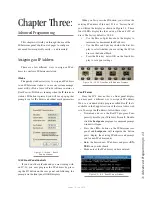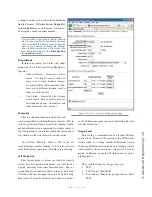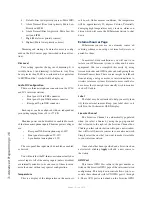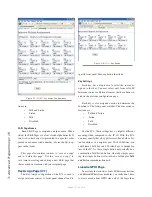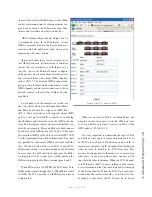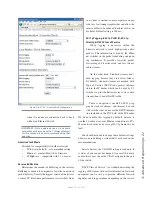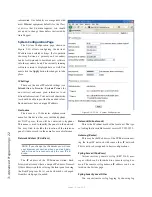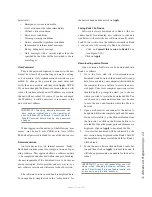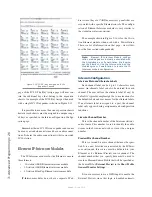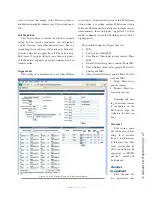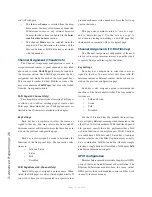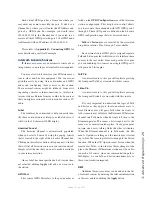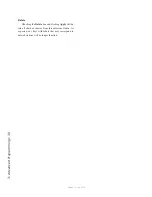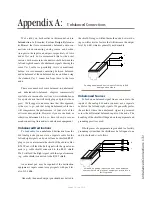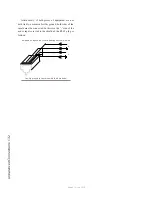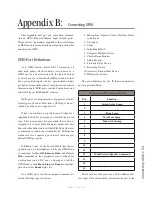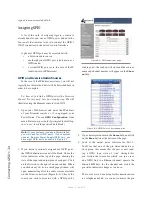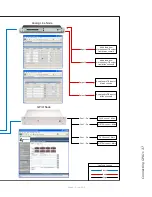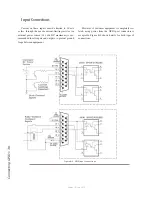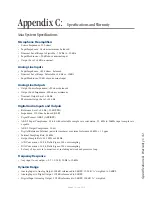
3: A
dv
an
ce
d P
ro
gr
am
m
in
g • 2
7
Version 1.2 July 2010
cally. Also note that muting of the Preview speaker is
handled automatically whenever any CR microphone is
ON.
Call Drop Flash
This feature helps to inform you who has recently
called. In a fast-paced environment, you will receive
a quick messages from other Intercom users. The cor-
responding
Listen
indicator will continue to flash even
after the caller has dropped the call. The default drop
flash time of 5 seconds will give you a chance to glance
at the IP Intercom panel and easily determine who has
recently called.
Trigger Level
This setting is communicated to all other IP-Inter-
com stations. It controls the priority of this IP-Intercom
station when it is calling another IP-Intercom station.
When any IP-Intercom station listens to multiple sources
simultaneously, those with lower “trigger level” will be
muted or dimmed by another IP-Intercom user with a
higher priority.
The possible settings for Trigger Level are:
1. IFB
2. Low Priority (Mute IFB)
3. Low Priority (Dim lower priority sources, Mute
IFB)
4. Default (Dim lower priority sources; Mute IFB)
5. Above Normal (Dim lower priority, Mute Low
Priority and IFB)
6. Above Normal (Dim low priority, Mute Low Pri-
ority and IFB)
7. High (Mute lower
priority sources)
8. Highest (Mute low-
er priority sources)
Dimming and mut-
ing of external sources
is configured on the
Ext Sources page (de-
scribed in the next sec-
tion).
Dim Level
This setting speci-
fies the degree of dim-
ming. It is variable
from 0 (no dimming)
to full mute. Any Dim
Level greater than 99
dB is considered to be
equivalent to MUTE
and the * symbol will
be displayed.
Channel
Assignment
Each channel has
two parameters that
Figure 3-16: 20-Station Element IP-Intercom Module

